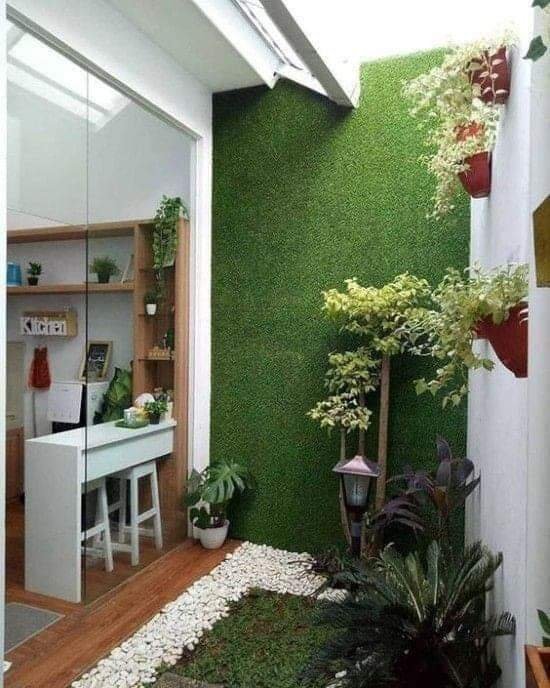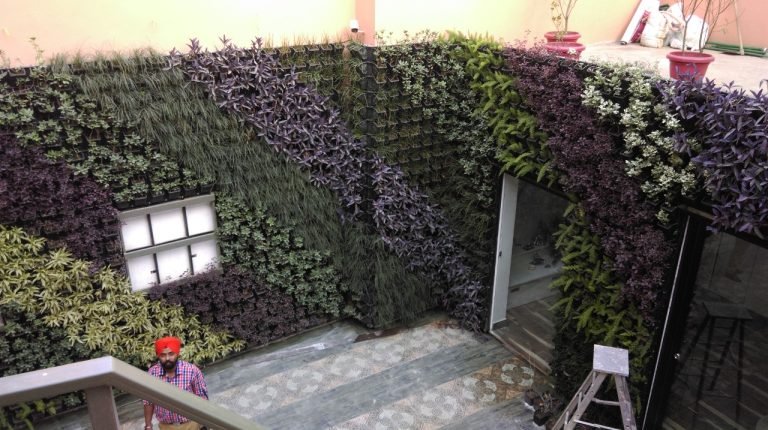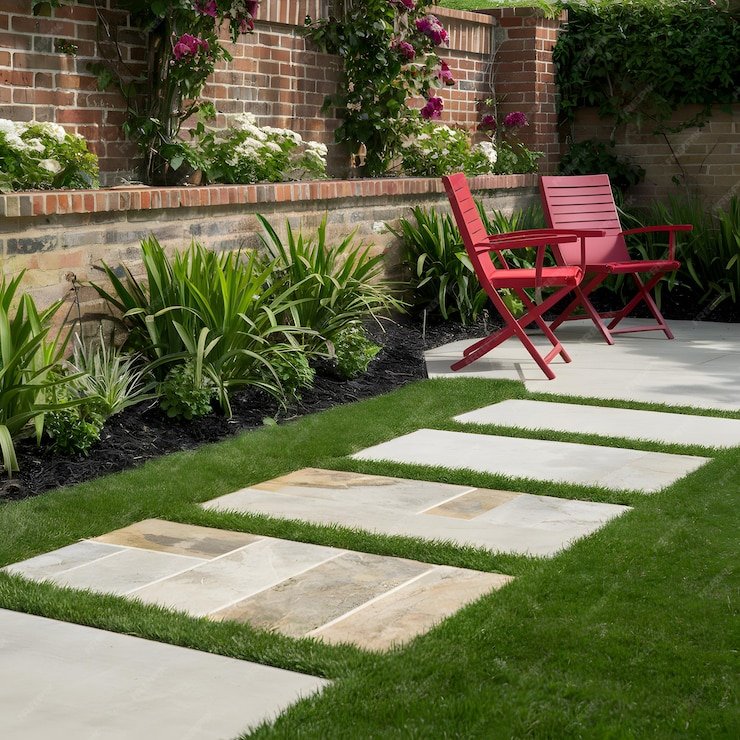Embracing Green Living: The Beauty and Benefits of Vertical Gardens.
In urban environments where green space is limited, vertical gardens offer a creative solution to bring nature into our surroundings. Also known as living walls or green walls, vertical gardens are vertical structures that support the growth of plants, creating a lush and vibrant tapestry of greenery. In this article, we’ll explore the concept of vertical gardens, their benefits, design considerations, and how they contribute to sustainable living in urban settings.
To Know More About It Please Click Here
The Concept of Vertical Gardens:
Vertical gardens have gained popularity in recent years as a sustainable and aesthetically pleasing way to incorporate greenery into urban landscapes. Unlike traditional gardens that require ample horizontal space, vertical gardens utilize vertical surfaces such as walls, fences, or freestanding structures to grow plants vertically. By maximizing vertical space, vertical gardens offer an innovative solution for greening urban environments, improving air quality, and enhancing aesthetic appeal.
Benefits of Vertical Gardens:
- Space Efficiency: Vertical gardens allow for the cultivation of plants in limited space, making them ideal for urban areas where land is scarce. By utilizing vertical surfaces, vertical gardens maximize green space without encroaching on valuable ground space.
- Improved Air Quality: Plants play a crucial role in purifying the air by absorbing carbon dioxide and releasing oxygen. Vertical gardens help improve air quality by introducing more plants into urban environments, reducing air pollution, and mitigating the urban heat island effect.
- Enhanced Aesthetic Appeal: Vertical gardens add visual interest and beauty to urban landscapes, transforming drab walls or concrete structures into lush green oases. With a wide variety of plant species, colors, textures, and arrangements to choose from, vertical gardens offer endless creative possibilities for creating stunning visual displays.
- Noise Reduction: In addition to their aesthetic benefits, vertical gardens can also act as natural sound barriers, absorbing and diffusing noise from urban environments. The dense foliage of vertical gardens helps dampen sound waves, creating a quieter and more peaceful atmosphere for nearby residents and workers.
Design Considerations for Vertical Gardens:
Designing and implementing a successful vertical garden requires careful planning and consideration of several factors:
- Structural Support: Vertical gardens must be properly supported to withstand the weight of plants, soil, and irrigation systems. Structural integrity is essential to prevent collapse and ensure the safety of the garden.
- Plant Selection: When choosing plants for a vertical garden, consider factors such as light exposure, climate, soil conditions, and maintenance requirements. Select a mix of plant species with varying heights, colors, and textures to create visual interest and balance.
- Irrigation and Drainage: Adequate irrigation and drainage are crucial for the health and longevity of a vertical garden. Consider installing drip irrigation systems or self-watering systems to deliver water efficiently to plants while minimizing runoff and water waste.
- Maintenance Needs: Vertical gardens require regular maintenance to keep plants healthy and vibrant. This may include pruning, fertilizing, pest control
and monitoring for signs of disease or nutrient deficiencies. Plan for regular maintenance tasks to ensure the long-term success of your vertical garden.
- Lighting Conditions: Assess the lighting conditions in the location where the vertical garden will be installed, including sun exposure and shade patterns throughout the day. Choose plant species that are well-suited to the available light levels to ensure optimal growth and health.
Contributing to Sustainable Living: Vertical gardens play a vital role in promoting sustainable living practices in urban environments:
- Urban Greening: By greening vertical surfaces with plants, vertical gardens help mitigate the urban heat island effect, reduce energy consumption, and create microhabitats for wildlife in urban areas.
- Stormwater Management: Vertical gardens can help manage stormwater runoff by absorbing and filtering rainwater, reducing the risk of flooding and erosion in urban environments.
- Food Production: Vertical gardens can be used to grow edible plants, herbs, and vegetables, providing a sustainable source of fresh produce in urban settings and promoting local food production and self-sufficiency.
- Community Engagement: Vertical gardens offer opportunities for community engagement and involvement in urban greening initiatives. Community gardens, public art projects, and educational programs centered around vertical gardening can foster a sense of connection and stewardship among residents.
To Know More About It Please Click Here
Conclusion
Vertical gardens represent a creative and sustainable approach to greening urban environments, enhancing aesthetics, improving air quality, and contributing to sustainable living practices. By maximizing vertical space and incorporating plants into vertical surfaces, vertical gardens offer numerous benefits for urban communities, residents, and the environment. Whether installed on residential balconies, office buildings, or public spaces, vertical gardens serve as living testaments to the power of nature to transform and enrich our urban landscapes.






